-
×
 Transcend RDC8 Type-C Card Reader
1 × 750 جنية
Transcend RDC8 Type-C Card Reader
1 × 750 جنية -
×
 Lenovo H110 Stereo Wired Gaming Headset
1 × 2799 جنية
Lenovo H110 Stereo Wired Gaming Headset
1 × 2799 جنية -
×
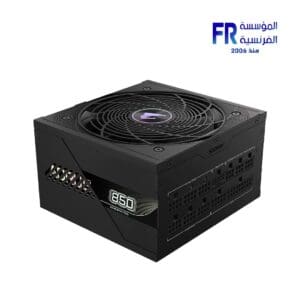 Gigabyte Arous Elite 850W 80 Plus Platinum ATX 3.1 PCIE 5.1 Full Modular Power Supply
1 × 6999 جنية
Gigabyte Arous Elite 850W 80 Plus Platinum ATX 3.1 PCIE 5.1 Full Modular Power Supply
1 × 6999 جنية -
×
 Redragon Valheim K608 Red Switch Rainbow Arabic Wired Mechanical Gaming Keyboard
1 × 1525 جنية
Redragon Valheim K608 Red Switch Rainbow Arabic Wired Mechanical Gaming Keyboard
1 × 1525 جنية -
×
 Xigmatek Aqua V Air Arctic Type C Argb Mid Tower Case
1 × 3449 جنية
Xigmatek Aqua V Air Arctic Type C Argb Mid Tower Case
1 × 3449 جنية -
×
 Tplink AC1300 Archer T4U Plus Dual Antennas High Gain Wireless Usb Adapter
1 × 1499 جنية
Tplink AC1300 Archer T4U Plus Dual Antennas High Gain Wireless Usb Adapter
1 × 1499 جنية -
×
 Gigabyte C102G ICE Micro Tower Case
1 × 2100 جنية
Gigabyte C102G ICE Micro Tower Case
1 × 2100 جنية -
×
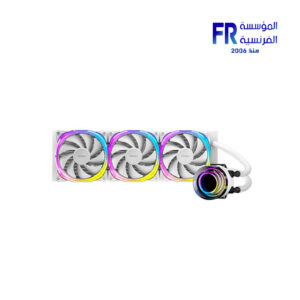 Antec Vortex 360MM ARGB White Liquid Cpu Cooler
1 × 5599 جنية
Antec Vortex 360MM ARGB White Liquid Cpu Cooler
1 × 5599 جنية -
×
 Meetion HP099 RGB Backlit HIFI 7.1 Stereo Wired Gaming Headset
1 × 1299 جنية
Meetion HP099 RGB Backlit HIFI 7.1 Stereo Wired Gaming Headset
1 × 1299 جنية -
×
 Lenovo 300 Wired Keyboard
1 × 699 جنية
Lenovo 300 Wired Keyboard
1 × 699 جنية -
×
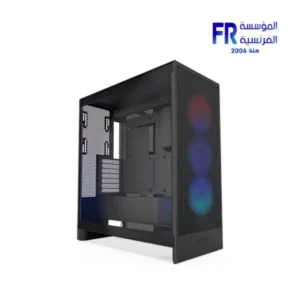 Nzxt H7 Flow RGB 2024 Black Mid Tower Case
1 × 6699 جنية
Nzxt H7 Flow RGB 2024 Black Mid Tower Case
1 × 6699 جنية -
×
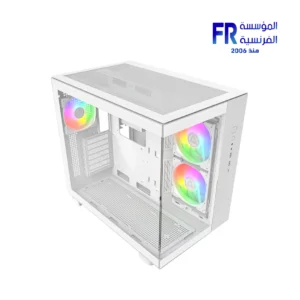 Montech King 65 Pro White Mid Tower Case
1 × 5800 جنية
Montech King 65 Pro White Mid Tower Case
1 × 5800 جنية -
×
 HYTE Y60 Modern Aesthetic 3 FE12 Fans Included PCIE 4.0 Riser Cable White Mid Tower Case
1 × 8499 جنية
HYTE Y60 Modern Aesthetic 3 FE12 Fans Included PCIE 4.0 Riser Cable White Mid Tower Case
1 × 8499 جنية -
×
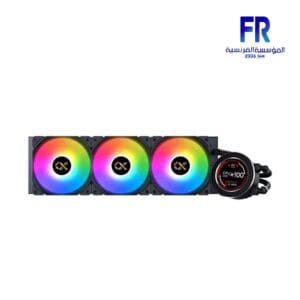 Xigmatek Frozr-O Ii 360 Argb Aio Liquid Cpu Cooler
1 × 6599 جنية
Xigmatek Frozr-O Ii 360 Argb Aio Liquid Cpu Cooler
1 × 6599 جنية -
×
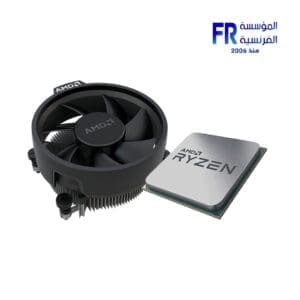 AMD Ryzen 5 5500 Mpk + Fan Processor
1 × 3400 جنية
AMD Ryzen 5 5500 Mpk + Fan Processor
1 × 3400 جنية -
×
 Gigabyte B850 Gaming X WIFI6E AM5 Gaming Motherboard
1 × 10800 جنية
Gigabyte B850 Gaming X WIFI6E AM5 Gaming Motherboard
1 × 10800 جنية -
×
 HYTE Y40 Modern Aesthetic 2 Fans Included Luxury PCIE 4.0 Riser Cable Black Mid Tower Case
1 × 6499 جنية
HYTE Y40 Modern Aesthetic 2 Fans Included Luxury PCIE 4.0 Riser Cable Black Mid Tower Case
1 × 6499 جنية -
×
 Intel Core Ultra 5 225 Processor
1 × 8499 جنية
Intel Core Ultra 5 225 Processor
1 × 8499 جنية -
×
 Gigabyte B850 Eagle WIFI6E AM5 Gaming Motherboard
1 × 9600 جنية
Gigabyte B850 Eagle WIFI6E AM5 Gaming Motherboard
1 × 9600 جنية -
×
 Xpg Levante X 360 Argb Aio Liquid Cpu Cooler
1 × 7400 جنية
Xpg Levante X 360 Argb Aio Liquid Cpu Cooler
1 × 7400 جنية -
×
 Asus Tuf Gaming B860 Plus Wifi Motherboard
1 × 11499 جنية
Asus Tuf Gaming B860 Plus Wifi Motherboard
1 × 11499 جنية -
×
 Thermaltake Core P6 Tg Mid Tower Case
1 × 7249 جنية
Thermaltake Core P6 Tg Mid Tower Case
1 × 7249 جنية -
×
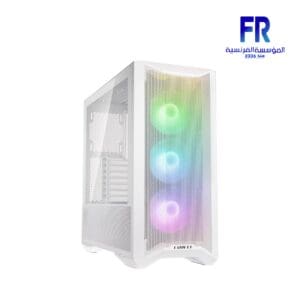 Lian Li Lancool II Mesh C RGB-S White Mid Tower Case
1 × 5500 جنية
Lian Li Lancool II Mesh C RGB-S White Mid Tower Case
1 × 5500 جنية
المجموع: 124761 جنية


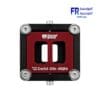
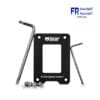
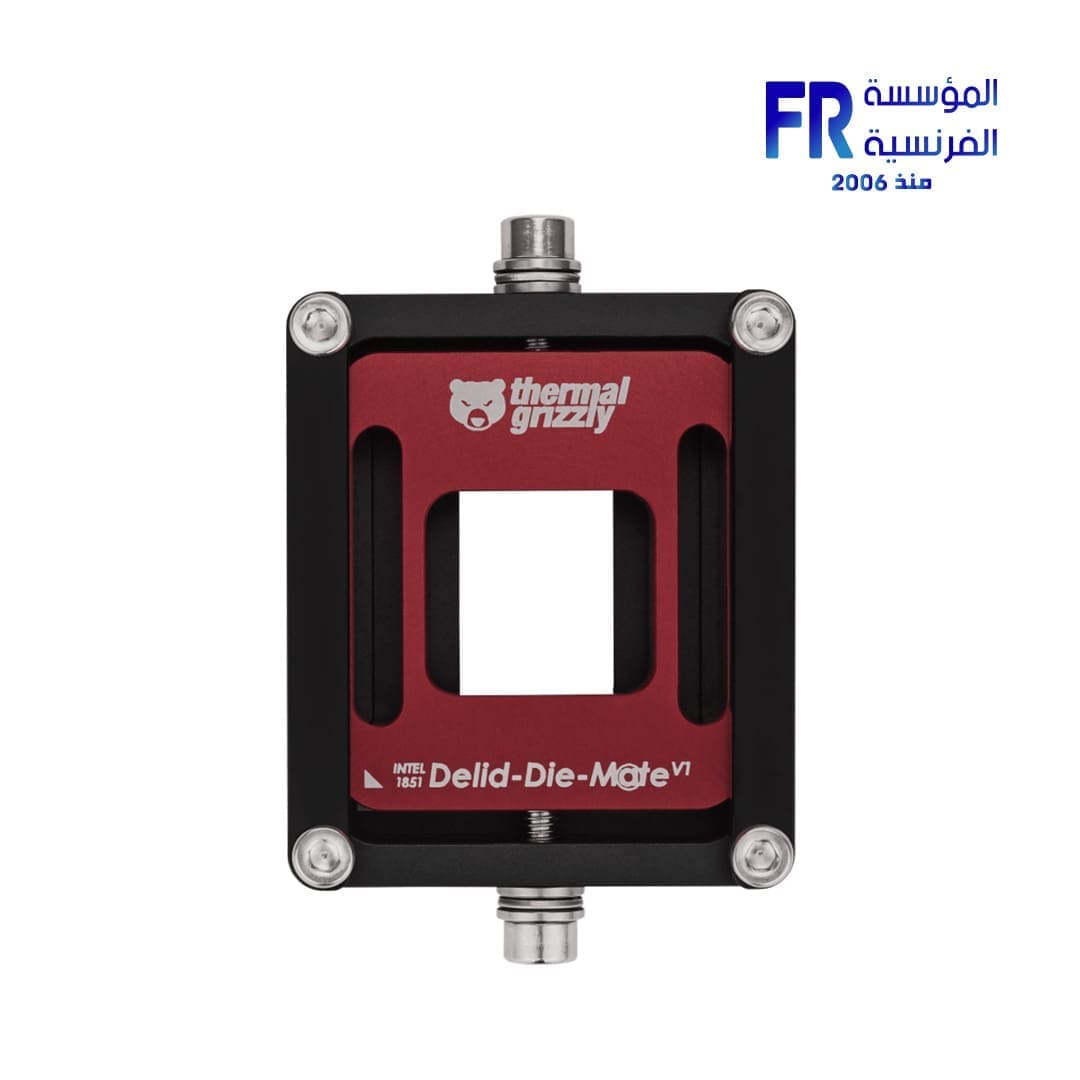
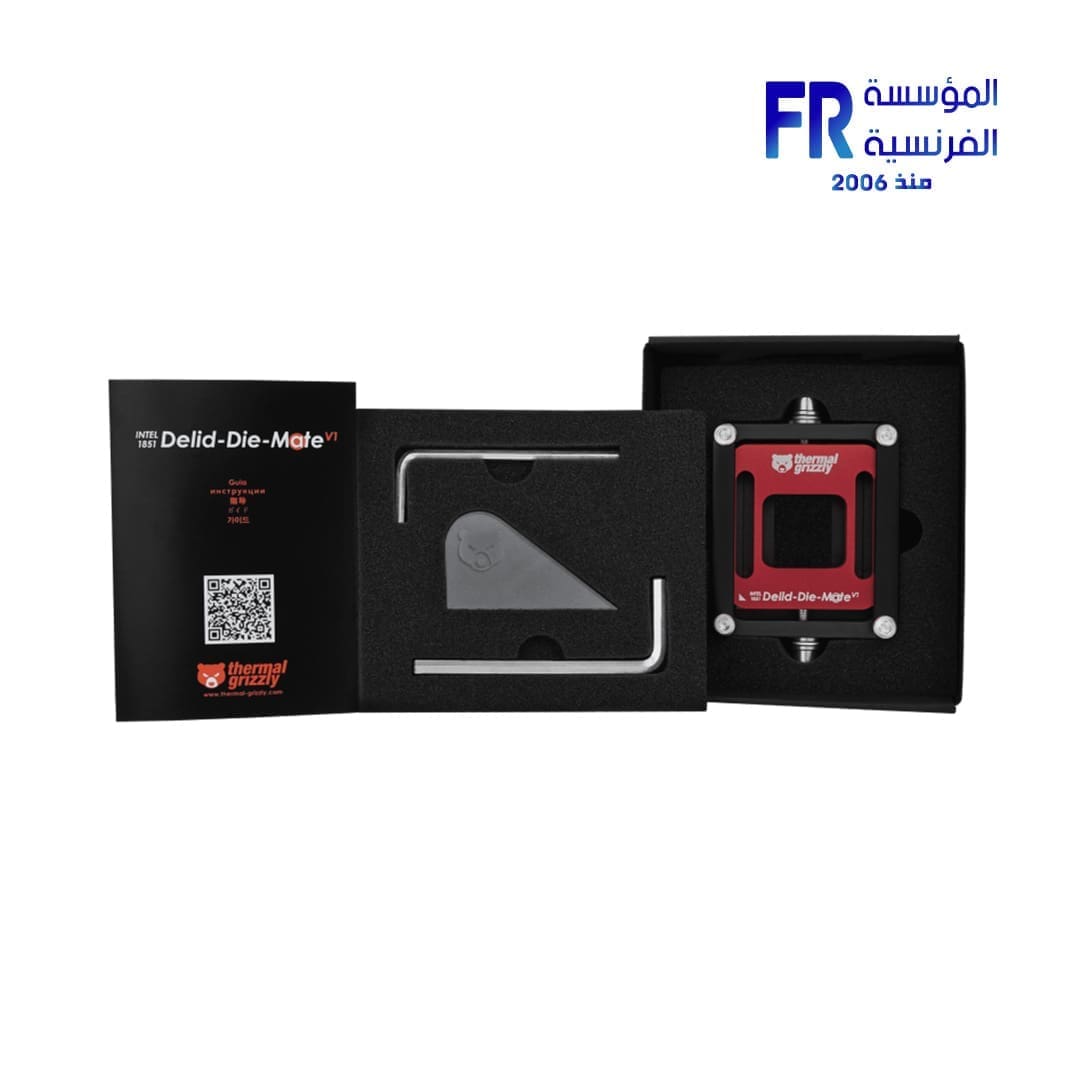

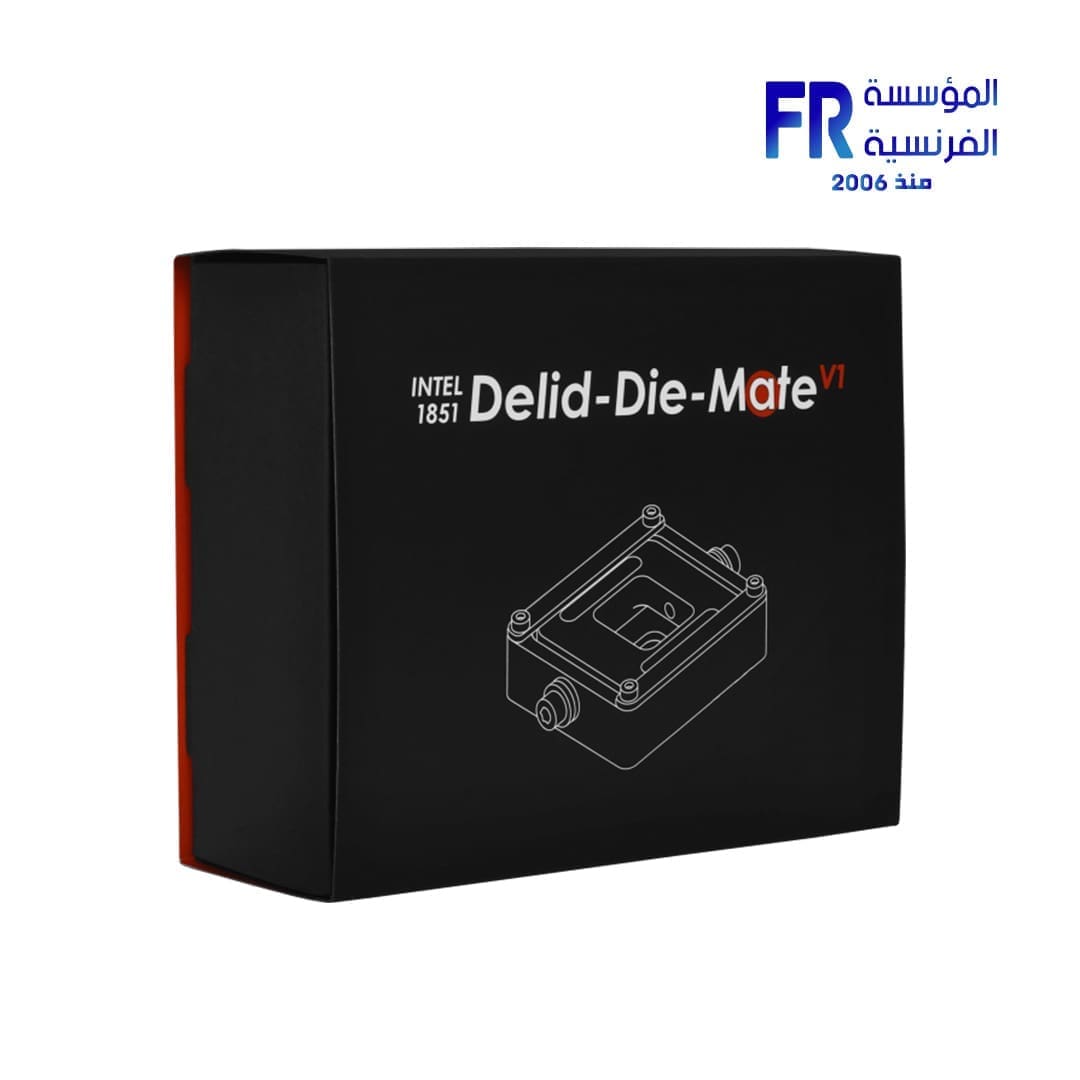
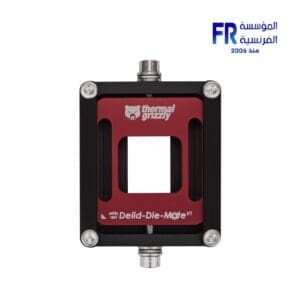



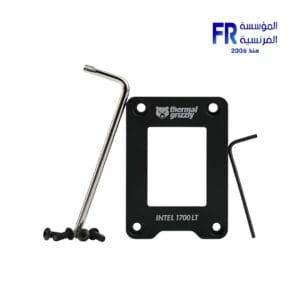



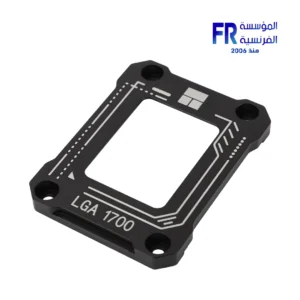
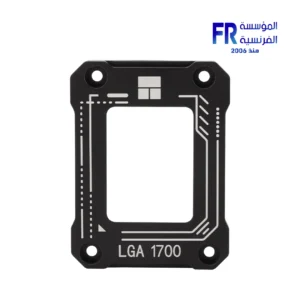
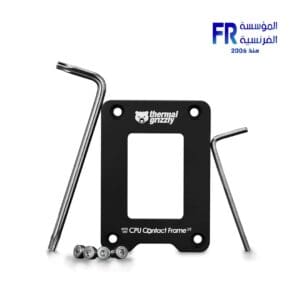



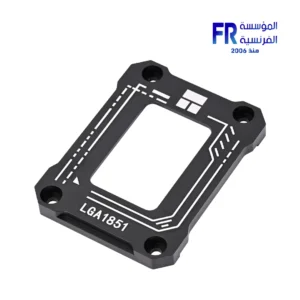
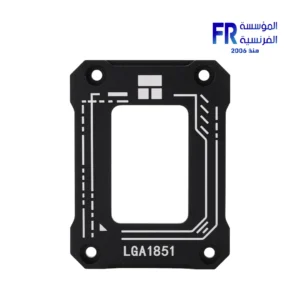
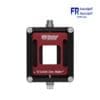
المراجعات
لا توجد مراجعات بعد.